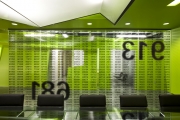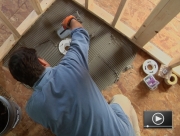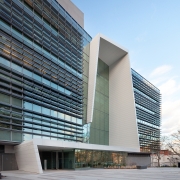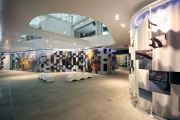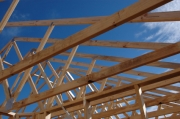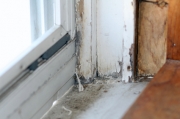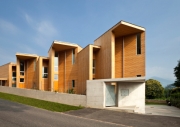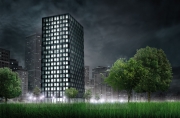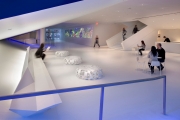DATA by Randy Brown Architects
According to a 2002 report by the U.S. Department of Agriculture Natural Resources Conservation Service, the total U.S. land area is 1.983 billion acres, excluding Hawaii and Alaska – 107.3 million acres of which is developed, a 24% increase in 10 years. Further, the U.S. Environmental Protection Agency (EPA) has estimated that development has significantly increased since that time. The term “building green” may seem to exclude any but new builds from sustainable design and ecologically sound practices, but this is actually not the case. When Randy Brown Architects designed the interior office space for US Data Corporation, they demonstrated how refurbishing an existing building is a viable alternative to new construction.
